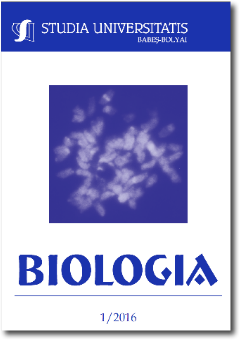Indirect Organogenesis of “Symphytum Officinale” L.
Abstract
Symphytum officinale L. is a perennial plant belonging to the Boraginaceae family. The presence of polyphenols, triterpenoids and tannins in this species represents a promising source of natural compounds with high antioxidant activity (Dreger et al., 2009). ”In vitro” cultivation of Symphytum officinale L was initiated in order to evaluate the cell dedifferentiation and redifferentiation, as an unconvential alternative for plant biomass multiplication (Haaß et al., 1991; Huizing et al., 1983).
The initiation of Symphytum officinale L. cultures aimed not only to assess the dedifferentiation capacity depending on explant origin and growth regulators, but also to develop a multiplication protocol based on indirect regeneration through shoots, followed by roots development induction. The proliferative capacity was tested on leaf and shoots explants, cultivated on Murashige-Skoog basal medium, testing two auxins: naphtalenacetic acid (NAA) and indolylacetic acid (IAA) and two cytokinines: kinetine (K) and benzylaminopurine (BAP).
Downloads
Published
How to Cite
Issue
Section
License
Copyright (c) 2016 Studia Universitatis Babeș-Bolyai Biologia

This work is licensed under a Creative Commons Attribution-NonCommercial-NoDerivatives 4.0 International License.





